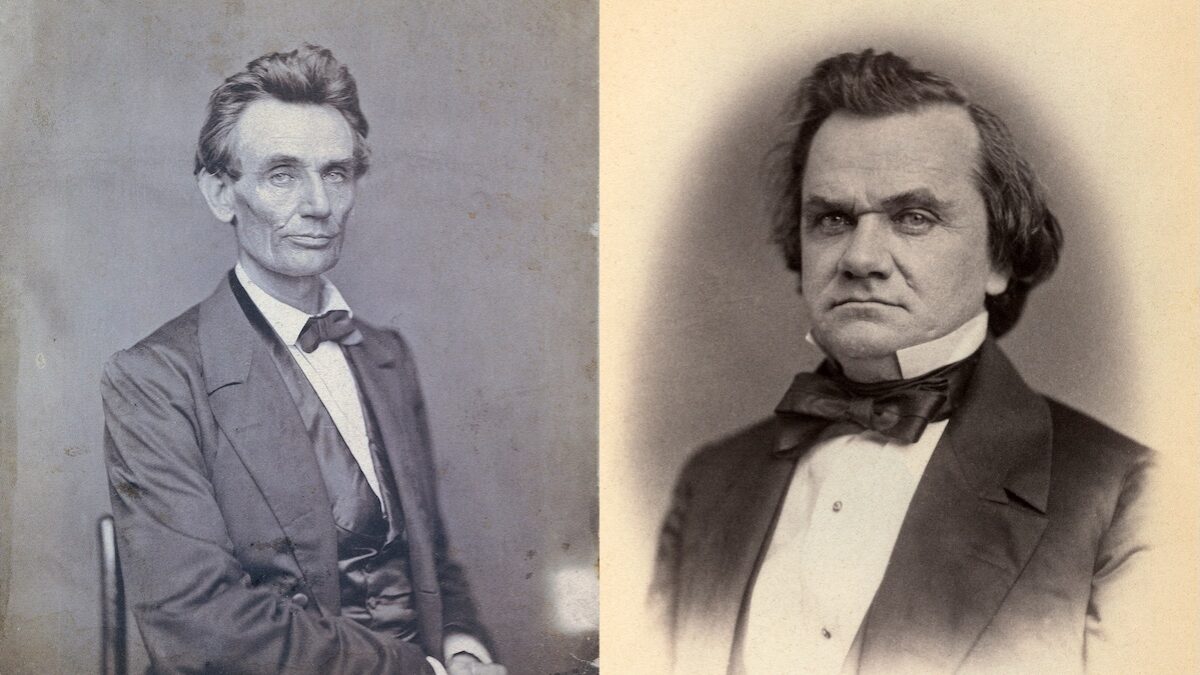Many major media outlets have rather uncritically accepted Planned Parenthood’s claim that their sale of organs procured from aborted babies was merely to recoup costs. Cecile Richards put out a video in which she said, “I want to be really clear. The allegation that Planned Parenthood profits in any way from tissue donation is not true.”
The media have not requested more information from Planned Parenthood about how they calculate costs that need reimbursement, how those costs vary by affiliate, the reason why those costs vary, or why and when costs vary according to procured organ.
Here’s FactCheck.org on the matter, in defense of Planned Parenthood official Deborah Nucatola’s discussion of harvesting organs for $30-$100 per specimen:
We also asked experts in the use of human tissue for research about the potential for profit. Sherilyn J. Sawyer, the director of Harvard University and Brigham and Women’s Hospital’s “biorepository,” told us that “there’s no way there’s a profit at that price.” She continued in an email:
Sawyer, July 20: In reality, $30-100 probably constitutes a loss for [Planned Parenthood]. The costs associated with collection, processing, storage, and inventory and records management for specimens are very high.
Emphasis mine.
This week, however, a video featuring Planned Parenthood’s Dr. Mary Gatter came out showing her negotiating prices with people she believed were buyers.
If Planned Parenthood only cared about being reimbursed for costs, of course, there would be no reason Gatter would’ve needed to negotiate, worrying about being the first to name a price.
“Well, you know in negotiations the person who throws out the figure first is at a loss, right?” Gatter said.
But there’s another part of the transcript and unedited second video that undermines Planned Parenthood’s claim and the defense offered by FactCheck.org.
Dr. Mary Gatter specifically says that Planned Parenthood “didn’t have to do anything” in their business arrangement with Novogenix, one of the companies that purchases aborted fetal organs from Planned Parenthood. Here’s a bit from pages 6-7 of the transcript:
So Heather, a Novogenix person would come to the site, and our staff would sign the patients up, and get consent. Heather would look at the tissue and take what she required, so logistically it was very easy for us, we didn’t have to do anything.
One of the questions that journalists might want to shed light on is whether it’s legal to compensate Planned Parenthood for “not doing anything.” And we still need a far better understanding of why different specimens yield different prices, as well as whether that pricing represents costs for changing the abortion procedure, as well as whether women are appropriately informed about any change in abortion procedures supporting the cost differential.









